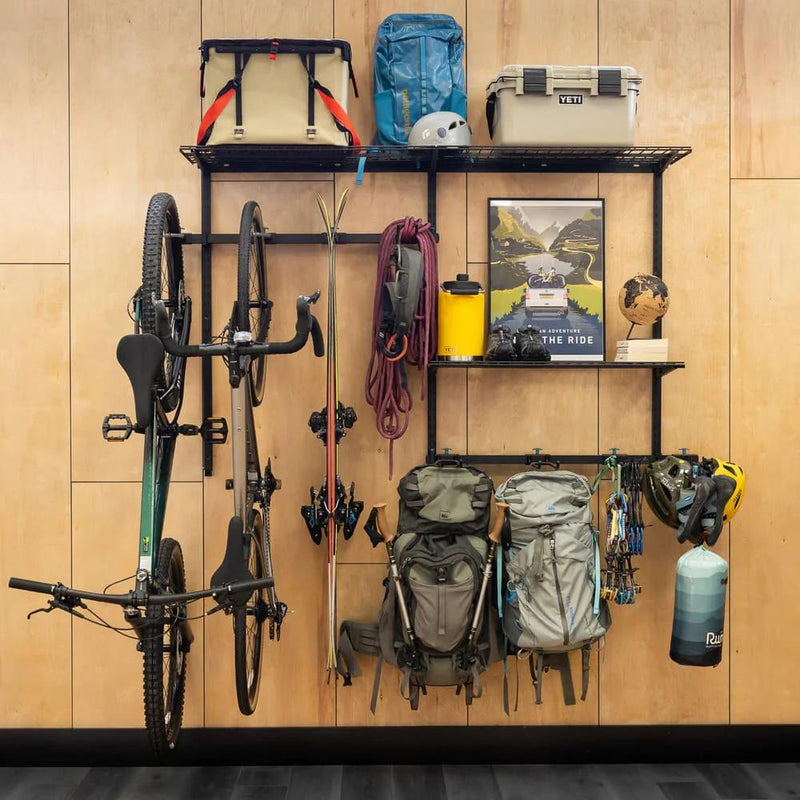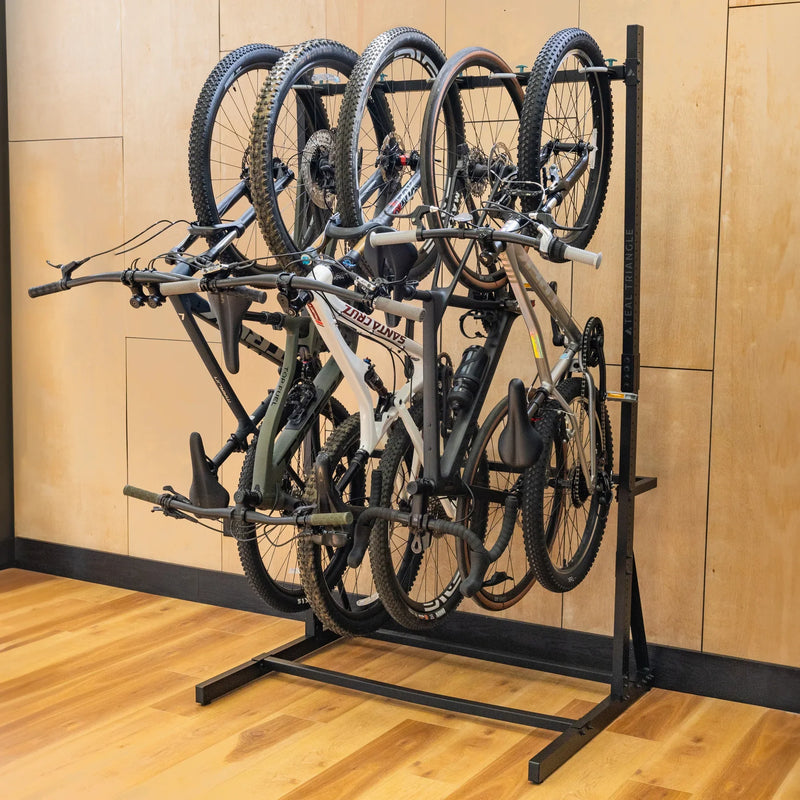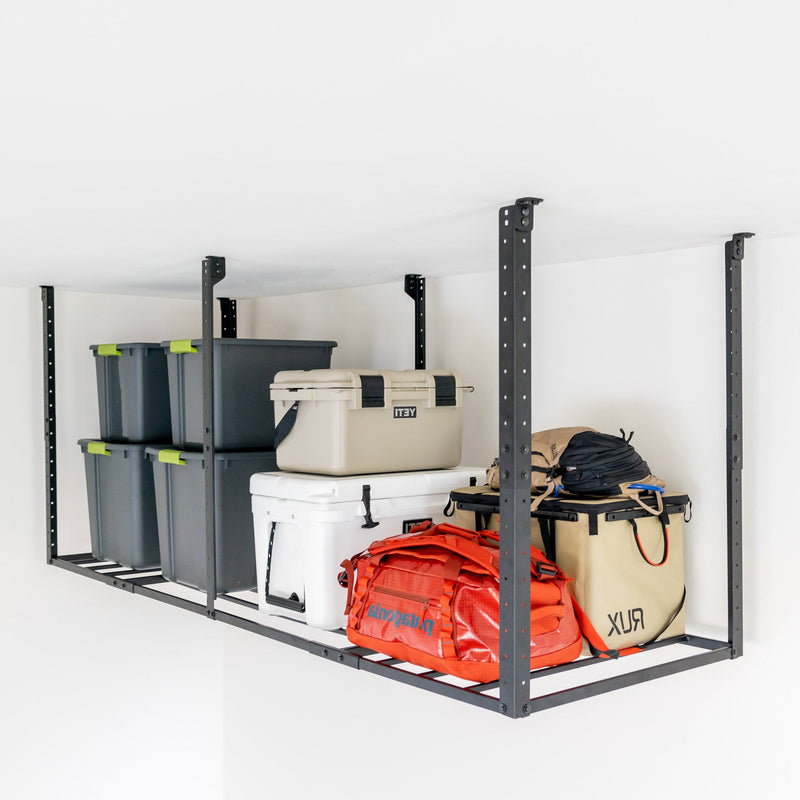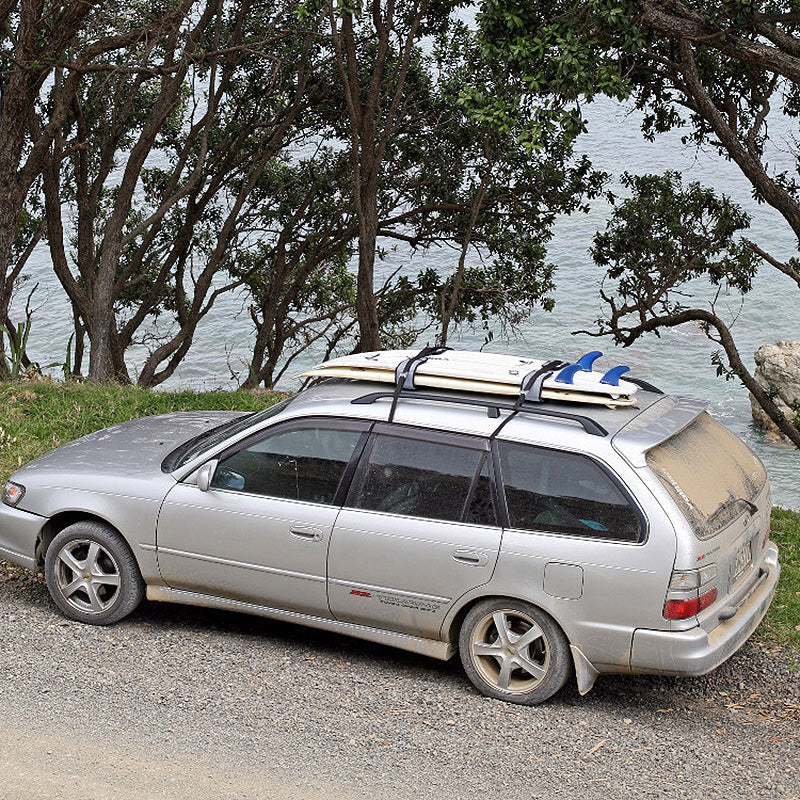If you are interested in skateboarding, the most important thing to do is buy the best skateboard you can find. Before purchasing your first skateboard, try out your friends’ skateboards, or ask other boarders about what they do and don’t like about theirs.
Before purchasing your skateboard, make sure that you know what to look for. The deck (or ‘board’) is the most important part. Most are made of plywood. The biggest difference here is between 7-ply boards and 9-ply. 9-ply are usually cheaper, but also heavier and difficult to work with. Cheaper decks are made of plastic, although these will not hold up to heavy use. Fiberglass or carbon board are both good choices that will be long-lasting.
The average skateboard measures 8 inches wide. If you are just learning how to ride, consider a wider board, as these are more stable. However, the extra width does make it more difficult to perform many skateboard tricks. If you are planning to use a skateboard mainly for transportation, this extra width can provide extra stability.
Most decks have a raised front and sides. A deeper concave will help the user perform more dramatic tricks, but a shallow concave is much easier to learn on. Still, some are too shallow. These flat and straight boards are hard to learn on, and you may become frustrated because you can’t do much with your board.
The wheels are usually made of hard plastic. The harder the wheel, the harder it will be to ride. Most skateboards are a 90a hardness, but pros use 100a hardness. If you want to use skateboard parks and ramps frequently, choose wheels with around a 97a hardness. Start with larger wheels; smaller wheels will put your skateboard lower to the ground, and make it easier to do some tricks, but they are harder to learn on.
There are technically three different kinds of boards: street, ramp, and longboards. Street and ramp are nearly the same; the size of wheels is usually the determinant between whether a board is good for street riding or ramp riding. Longboards are longer than regular skateboards, and are used for downhill racing or transportation, not tricks.
Name brands are not very important when buying skateboards, though you should still ask your friends which brands they recommend. Blank boards will not have a brand name emblazoned across the deck, so you can customize it by adding your own design. These graphics can make a pro deck expensive, but they will get all scratched up as you learn to use the board.
Skateboards can cost over a hundred dollars, especially if you upgrade the wheels, trucks, and bearings, although you can start with a fairly inexpensive basic board, especially if you aren’t sure if skateboarding is for you. Another reason to choose an inexpensive board for your first skateboard is that you may fall a lot in the process of learning, and you can end up ruining your nice expensive skateboard. As a beginner, choose a full skateboard setup; there is no reason for you to build a skateboard piece by piece.
Shop our skateboard collection for storage that shows off your boards.








